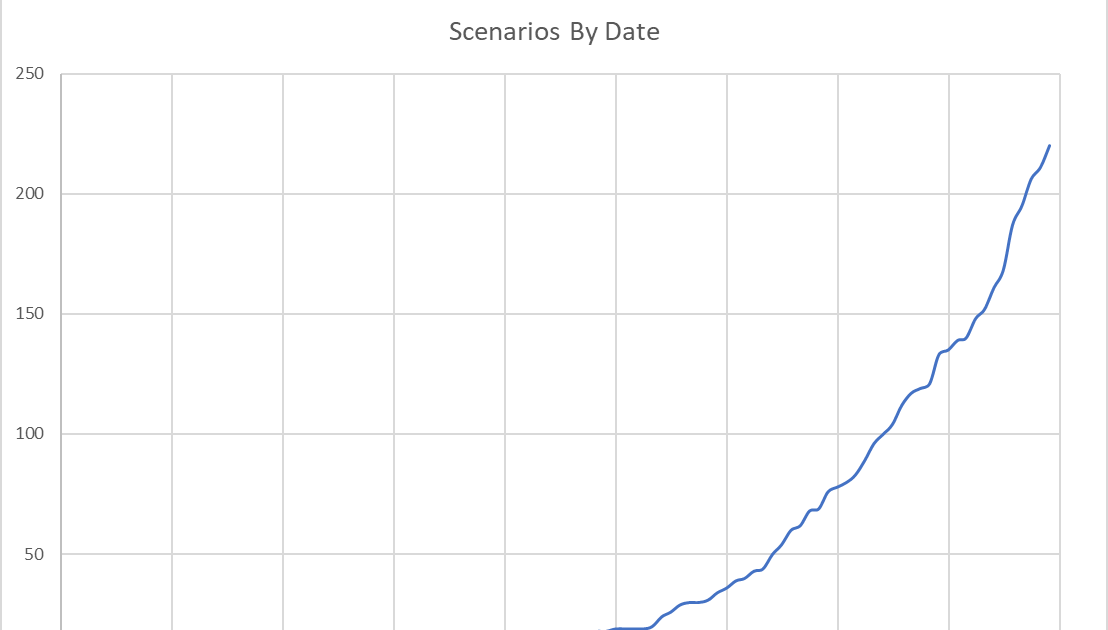aramis erak
Legend
If we want to consider what might have been the formative history, we don't need to just identify the rules root. We also have to identify the route to popularity.
D&D had a ready-made early market in the community around the wargames that were at its conceptual root, and the network of communication among them.
So, what other space had a route to popularity - some obvious path to work as marketing?
From Weseley, we get the GM who says, "Alright, here are the odds, go ahead an roll for it" to out of the box actions.
From Arneson, we get character as persona, and one-man, one character... but also lots of hirelings.
From Gygax, we get pseudo-tolkienian.
Arneson and Wesely are standard archetypes (no offense to them) in wargaming. The permissive ref willing to extend the rules, and the player always wanting to go beyond them. The best "No «bleep», there we were..." stories come from the two meeting. Similarly so in RPGs. And those types also tend to be overly common in
So, that component is literally just a matter of time.
I don't think Tolkien is the magic sauce, but fantasy probably is. It would need to be replaced with a different franchise, and given the popularity, Moorecock, Clark Aston Smith, HP Lovecraft, or even the Homeric and homeric inspired fiction might have worked.
Or maybe Earthsea... no non-humans of note in society, but "a rainbow of brown tones" was the authorial intent (Ursula LeGuin in a complaint about the SyFy mangling of the first novel as a miniseries)... and the non-human intellects we see are a dragon and several transformed wizards. (well, until Sparrowhawk hits the land of the dead)...
Sword and Sandals (bronze age, not restricted to Homeric; both the actual lit and the stop-motion films based upon them) might very well have been the chosen genre... while not the second, RuneQuest was 1978 and was aimed at bronze age...
Of course, the list in Appendix N of AD&D is many different subgenres of fantasy.




